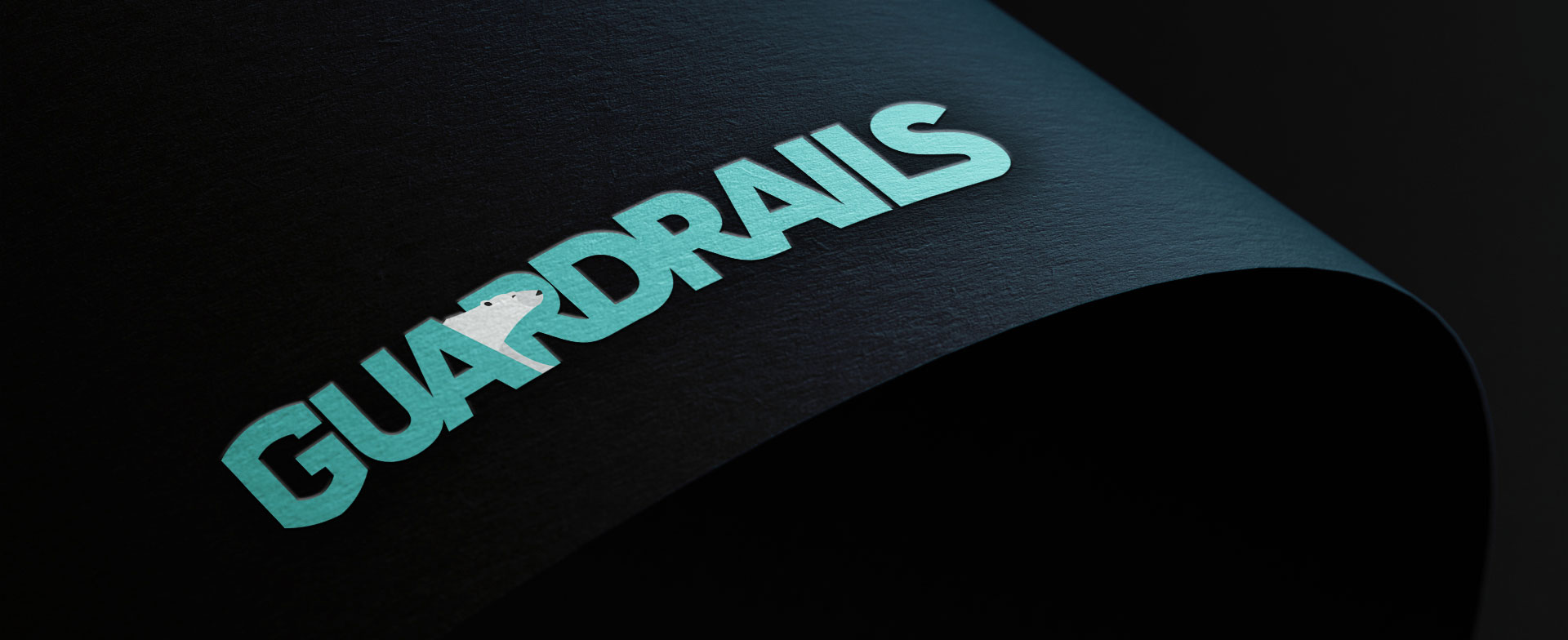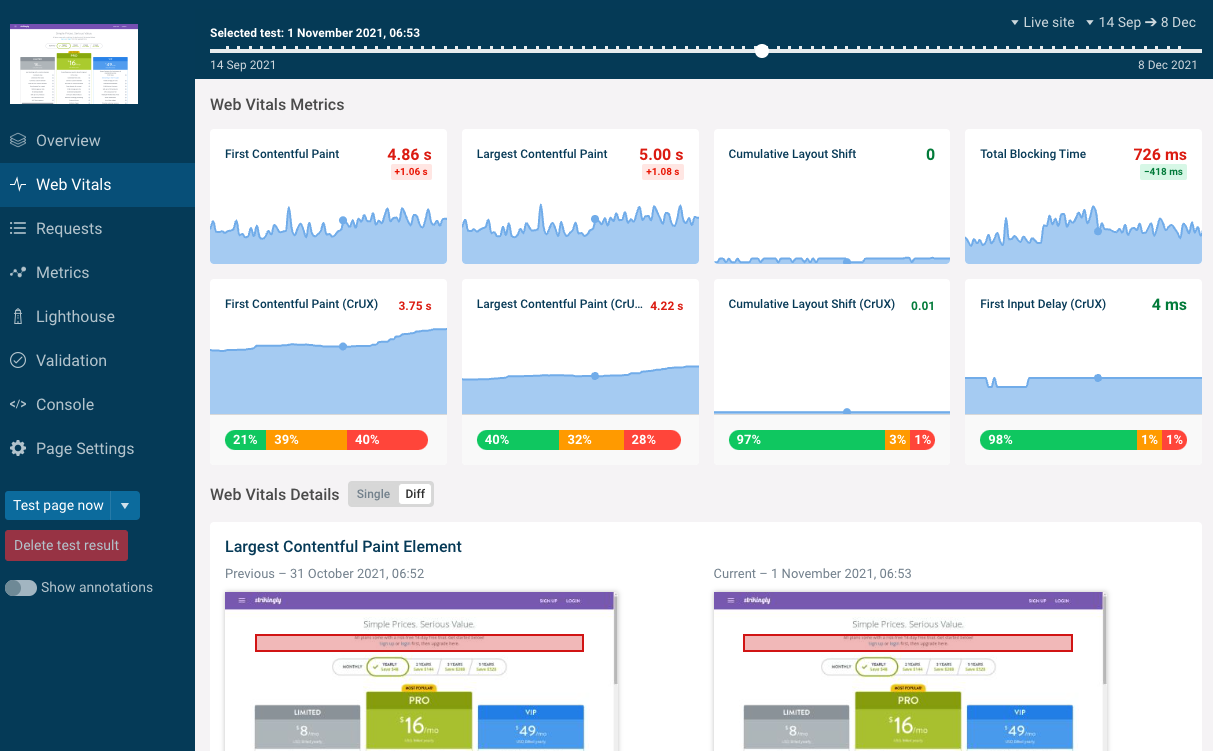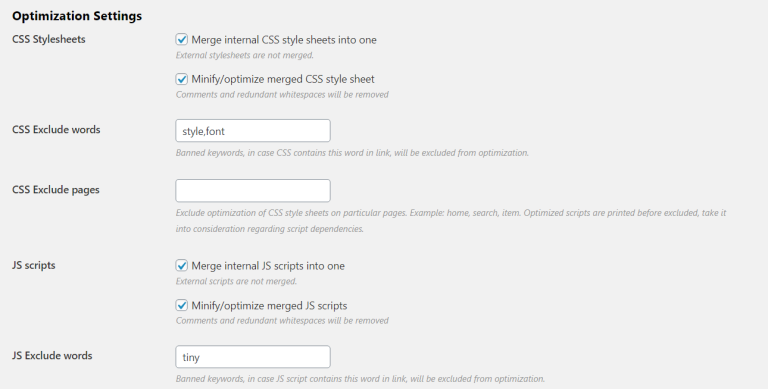
In the ever-evolving world of digital content, performance has become a critical factor in determining the success of a blog. With users expecting fast load times and smooth navigation, even the most engaging content can fall flat if the site isn’t optimized. This is where performance budgeting comes into play. By setting specific performance thresholds, bloggers can ensure their sites remain fast, efficient, and user-friendly—no matter how much traffic they receive.
This article will guide you through the concept of performance budgeting, why it matters, and how to implement it effectively for your blog. Whether you’re just starting out or looking to refine your current strategy, understanding and applying performance budgets can make a significant difference in your blog’s success.
What Is Performance Budgeting and Why It Matters
Performance budgeting is the practice of defining and monitoring specific performance metrics for your website. These metrics could include page load time, time to first byte (TTFB), number of HTTP requests, or even resource size. The goal is to set limits on these metrics so that your site doesn’t gradually slow down over time due to uncontrolled growth in code, images, or other assets.
For blogs, performance budgeting is especially important because it helps maintain a consistent user experience. As your blog grows, it’s easy for performance to degrade without notice. A well-defined performance budget acts as a safeguard, alerting you when your site starts to exceed acceptable thresholds.
According to Google’s Core Web Vitals, which are key metrics for measuring user experience, pages with poor performance can see higher bounce rates and lower engagement. For example, a 1-second delay in page load time can lead to a 7% reduction in conversions, as noted in a study by Walmart. By using performance budgets, you can avoid such pitfalls and keep your blog running smoothly.
How Performance Budgeting Impacts SEO Performance
Performance budgeting isn’t just about speed—it’s also a powerful tool for improving your blog’s search engine optimization (SEO). Search engines like Google prioritize websites that offer a fast and responsive user experience. If your blog is slow, it may rank lower in search results, leading to fewer visitors and less traffic.
By implementing performance budgets, you can:
- Improve Core Web Vitals: Metrics like Largest Contentful Paint (LCP), First Input Delay (FID), and Cumulative Layout Shift (CLS) are all affected by performance. Setting budgets for these metrics ensures your blog meets or exceeds recommended thresholds.
- Enhance User Experience: Faster load times mean users stay longer, engage more, and are more likely to return. This leads to better dwell time and lower bounce rates—both of which are positive signals for search engines.
- Reduce Server Load: By limiting the size and number of resources, you reduce the strain on your server, which can help prevent downtime and improve reliability.
Performance budgeting also ties into other SEO best practices like mobile optimization, content quality, and technical SEO. When combined with strategies such as image compression, caching, and code minification, performance budgets can significantly boost your blog’s visibility and ranking.
Step-by-Step Implementation Framework
Implementing performance budgeting for your blog requires a structured approach. Here’s a step-by-step framework to get started:
1. Define or Audit the Current Situation
Before setting any budgets, you need to understand your blog’s current performance. Use tools like Google PageSpeed Insights, Lighthouse, or WebPageTest to analyze your site’s performance. Identify key metrics such as:
- Load Time
- Number of HTTP Requests
- Resource Size
- Core Web Vitals Scores
This audit will give you a baseline to compare against as you implement changes.
2. Apply Tools, Methods, or Tactics
Once you have a baseline, you can start implementing tactics to improve performance. Some effective methods include:
- Optimize Images: Compress images using tools like TinyPNG or ImageOptim. Use next-gen formats like WebP for faster loading.
- Minify Code: Remove unnecessary whitespace from CSS, JavaScript, and HTML files to reduce file sizes.
- Use a CDN: Distribute your content across multiple servers to reduce latency and improve load times.
- Enable Browser Caching: Set cache-control headers to store frequently accessed files in the browser, reducing the need for repeated downloads.
- Limit Third-Party Scripts: Reduce the number of external scripts and plugins that can slow down your site.
3. Measure, Analyze, and Optimize
After making improvements, it’s essential to measure the impact. Use performance budgeting tools like DebugBear, Lighthouse, or WebPageTest to track your progress. Set up alerts for when your site exceeds predefined thresholds. Regularly review your data to identify areas that still need improvement.
You can also use A/B testing to compare different versions of your blog and see which one performs better. This helps you fine-tune your strategy and ensure that every change you make contributes to a faster, more efficient blog.
Real or Hypothetical Case Study
Let’s look at a hypothetical case study of a growing blog called “TechInsights.”
Background:
TechInsights is a tech blog that started with a few articles but has since grown to hundreds of posts. As the blog expanded, its load times increased, leading to higher bounce rates and lower engagement.
Action Taken:
The team at TechInsights decided to implement performance budgeting. They used WebPageTest to audit their site and found that their average load time was 6 seconds, which was far above the recommended threshold of 3 seconds. They set performance budgets for key metrics like LCP, FID, and CLS.
They then optimized their images, enabled browser caching, and reduced the number of third-party scripts. They also implemented a CDN to improve global access speeds.
Results:
Within three months, the blog’s average load time dropped to 2.5 seconds. Their bounce rate decreased by 40%, and their organic traffic increased by 25%. The improvements in performance directly translated to better user engagement and higher search rankings.
This case study shows how performance budgeting can be a game-changer for blogs, helping them scale without sacrificing speed or user experience.
Tools and Techniques for Performance Budgeting
To effectively implement performance budgeting, you’ll need the right tools. Here are some of the most useful ones:
- WebPageTest – A powerful tool for testing page load performance and identifying bottlenecks.
- Lighthouse – Built into Chrome DevTools, Lighthouse provides detailed performance audits and recommendations.
- DebugBear – Offers real-time performance monitoring and alerts when your site exceeds budget thresholds.
- GTmetrix – Combines performance analysis with actionable insights to help you optimize your site.
- Google PageSpeed Insights – Provides scores and suggestions for improving your site’s speed.
These tools allow you to track your performance metrics, set budgets, and monitor your progress over time. Using them consistently will help you maintain a high-performing blog.
Future Trends and AI Implications
As AI continues to shape the future of web development, performance budgeting will become even more critical. Search engines are increasingly relying on AI to evaluate user experience, and performance is a key component of this evaluation.
Future trends to watch include:
- AI-Powered Performance Monitoring: Tools that use machine learning to predict performance issues before they occur.
- Automated Optimization: AI-driven systems that automatically adjust your site’s settings based on real-time data.
- Voice and Multimodal Search: As voice and visual search grow, performance will become even more important for ensuring fast and seamless interactions.
To stay ahead, bloggers should embrace AI-powered tools and continuously refine their performance strategies. By doing so, they can ensure their blogs remain competitive in an increasingly fast-paced digital landscape.
Key Takeaways
- Performance budgeting sets clear limits on your blog’s performance metrics to ensure it remains fast and efficient.
- Improved performance leads to better user engagement, higher search rankings, and increased traffic.
- Implementation involves auditing your current performance, optimizing key elements, and regularly measuring your progress.
- Tools like WebPageTest, Lighthouse, and DebugBear provide valuable insights and help you stay within your performance budgets.
- Future trends like AI and multimodal search will further emphasize the importance of performance optimization.
By adopting performance budgeting, you’re not just improving your blog’s speed—you’re investing in its long-term success. Start today, and watch your blog thrive in a competitive digital space.
Meta Title: How to Effectively Use Performance Budgeting for Your Blog
Meta Description: Learn how to set performance budgets for your blog to improve speed, user experience, and SEO rankings.
SEO Tags (5): performance budgeting, blog optimization, website speed, SEO tips, performance metrics
Internal Link Suggestions: Parameter #12: Core Web Vitals, Parameter #18: Technical SEO Best Practices, Parameter #9: Mobile Optimization
External Source Suggestions: https://web.dev/, https://pagespeed.web.dev/, https://www.debugbear.com/










